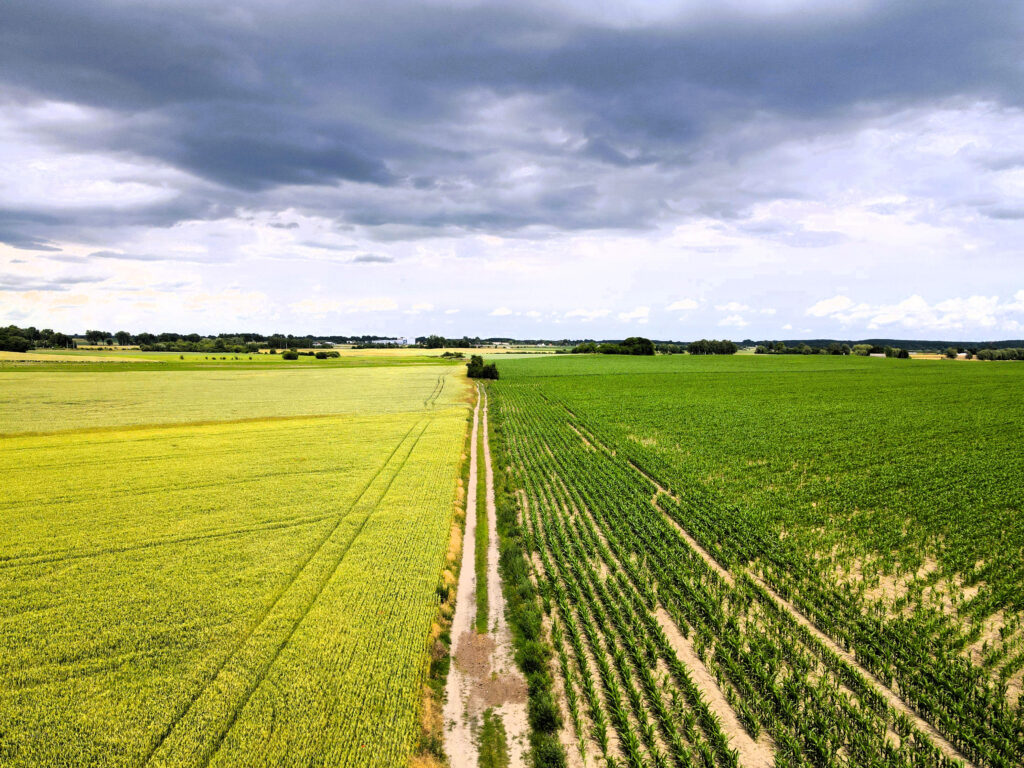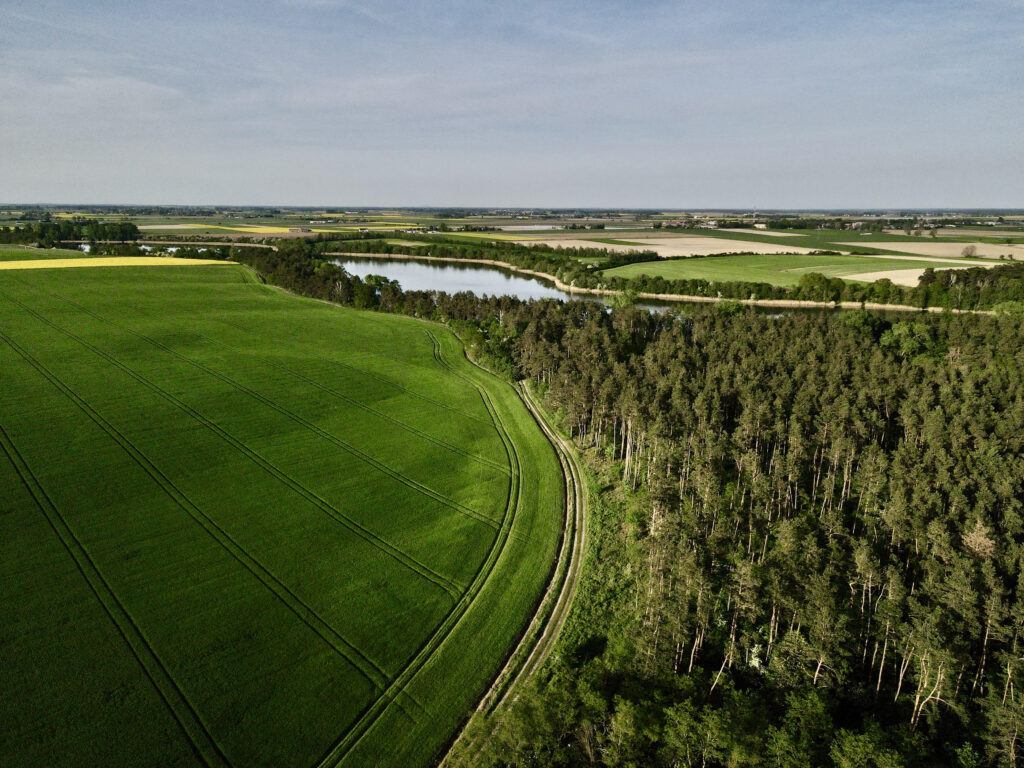

FOR SHAPING MORE FAVORABLE CONDITIONS
IN THE AGRICULTURAL AND RURAL PRODUCTION SPACE
Land consolidation is a process that involves merging fragmented agricultural or forest plots into larger and more functional areas. Its goal is to improve the spatial structure of farms, increase production efficiency, and enhance access to fields and infrastructure. Consolidation is often carried out as part of agricultural modernization programs and may be supported by public funds. This process also includes improving access roads, land drainage, and dividing land according to the needs of the owners.
I first encountered the topic of land consolidation while working on my engineering thesis. My task was to develop a land use study for plots involved in the consolidation process. The work had both an analytical aspect, involving the examination of the land and building registry database, and a practical aspect, as it focused on a real consolidation project. The prepared set of tables and maps allowed for conclusions to be drawn regarding the validity and purposefulness of the process.
After completing my studies, I worked for several years at the Agency for Restructuring and Modernization of Agriculture and the National Support Center for Agriculture, where I was responsible for monitoring the expenditure of funds under the Rural Development Program. Financial support from the European Union budget also enables the implementation of land consolidation and post-consolidation management projects. This opportunity led to a significant increase in such activities in Poland after 2004.
Based on my experiences, both from my studies and professional work, I decided to continue my research on land consolidation as part of my ongoing doctoral dissertation. My main goal is to develop indicators for estimating land value in the consolidation process in a way that is most beneficial for the participants while also considering the real production potential of the habitats. The new spatial arrangement should take into account various economic, environmental, and social aspects, ensuring favorable conditions for farming as well as the development of rural areas and local communities.




